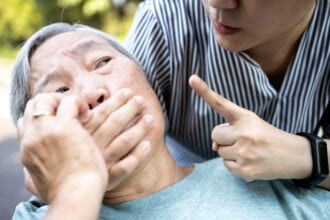Seniors are especially vulnerable to infections due to weaker immune systems and existing health conditions. Preventing the spread of infection in the home environment is essential to protect their health and maintain quality of life. Understanding how infections spread and taking deliberate steps to interrupt this process can make a significant difference.
Recognizing How Infection Spreads
Infections move through a chain involving a source, a method of transmission, and a susceptible host. Common sources include contaminated surfaces, respiratory droplets, or bodily fluids. Transmission can happen through direct contact, airborne particles, or touching contaminated objects. Seniors with Alzheimer’s care needs may face additional challenges, as they might forget hygiene routines or come into contact with shared items more frequently.
Key Steps to Interrupt Transmission
Hand hygiene remains the most effective way to break the infection chain. Washing hands with soap and water for at least 20 seconds or using alcohol-based hand sanitizer after contact with surfaces or people is critical. Cleaning and disinfecting frequently touched surfaces such as doorknobs, light switches, and remote controls reduces the presence of pathogens in the environment.
When caring for seniors, especially those with cognitive impairments, caregivers should encourage respiratory etiquette, such as covering coughs and sneezes with tissues or the elbow. Proper disposal of tissues and regular laundering of linens help minimize risks as well.
Supporting Immune Health and Safety
Encouraging proper nutrition, hydration, and regular medical checkups supports seniors’ ability to fight infections. Vaccinations, including annual flu shots and pneumonia vaccines, are vital preventive measures. Additionally, limiting visitors when infections are present in the community helps reduce exposure risks.
Breaking the chain of infection at home requires consistent attention to hygiene, environmental cleanliness, and protective behaviors. Seniors benefit from a safe and clean environment paired with supportive routines that reduce infection risk. With these steps in place, families and caregivers can better protect their loved ones’ health and well-being. Check out the infographic below to learn more.










